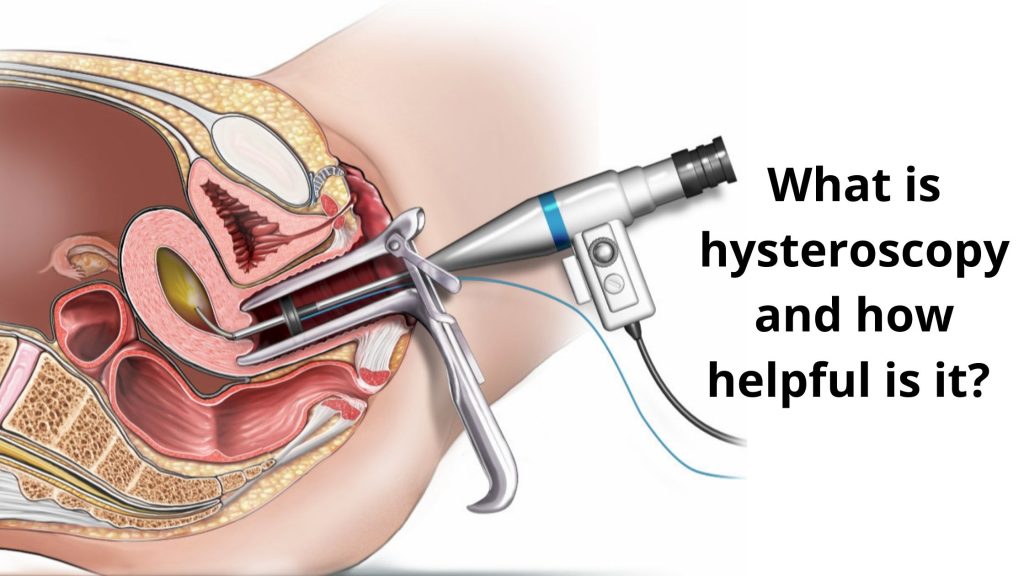Hysteroscopy is a technique that helps a doctor to examine the interior of a woman’s cervix and uterus. It employs the use of a narrow tube known as a hysteroscope, which is threaded into the vagina. The tube is equipped with a sensor. Photos of the uterus are shown on a video screen by the camera. According to the Best fertility & IVF specialist, The technique may aid in the diagnosis and treatment of irregular bleeding, uterine infections, and other conditions.
What is its purpose?
- A hysteroscopy is commonly used to:
- Determine the source of the abnormal bleeding.
- Help in the discovery of the cause of infertility, defined as the failure to conceive after at least a year of attempting.
- Determine the cause of your miscarriages (more than two miscarriages in a row)
- Fibroids and polyps should be identified and removed. There are different forms of uterine premature growth.
- Remove an intrauterine system (IUD), which is a thin, plastic device that is implanted within the uterus to prevent pregnancy.
- Conduct a biopsy. A biopsy is a surgical technique that involves the removal of a specific amount of tissue for examination.
- Insert a permanent contraception system into the fallopian tubes. During ovulation, fallopian tubes transport eggs from the ovaries to the uterus.
What is the aim of a hysteroscopy?
- If you have heavier-than-normal menstrual cycles and/or bleeding between periods, you can need this test.
- During menopause, you’re bleeding.
- You are having difficulty being or remaining pregnant.
- You like a long-term method of birth control.
- You want to get rid of an IUD.
What is a procedure for hysteroscopy?
A hysteroscopy is usually performed in a hospital or an outpatient surgical facility. The following procedures are usually included in the procedure:
- You will take off your clothes and change into a hospital gown.
- You would be positioned on your back on an exam table, your feet in stirrups.
- Your arm or hand may be inserted with an intravenous (IV) tube.
- You may be given a sedative, which is a form of drug that relaxes you and blocks pain. General anesthesia can be administered to certain women. General anesthesia is a medication that renders you unconscious during the surgery. This medication would be administered by a medically qualified doctor known as an anesthesiologist.
- A special soap can be used to disinfect your vaginal section.
- Your doctor will inject an instrument known as a speculum into your vagina. It is used to stretch the vaginal walls open.
- The hysteroscope would then be inserted through the vagina and moved across your cervix and through your uterus by your nurse.
- Your doctor will insert a liquid or gas into your uterus with the hysteroscope. This helps to enlarge the uterus, allowing the physician a clearer vision.
- On a video screen, the nurse would be able to see pictures of the uterus.
- Your provider can collect a tissue sample for examination (biopsy).
- If you are getting a uterine growth removed or another uterine operation, the physician will administer the procedure with instruments inserted into the hysteroscope.
Preparations before test
If you may be given general anesthesia, you will be required to fast (not eat or drink) for 6–12 hours before the surgery.
For 24 hours before the procedure, do not use a douche, tampons, or vaginal medications.
Risks
A hysteroscopy is a relatively risk-free treatment.
For a few days after the treatment, you may experience minor cramping and a small amount of bloody discharge.
If you want to know more about it or have any concerns or queries, Contact fertility & IVF specialist In Delhi NCR, Dr. Ramya Mishra Shukla.




